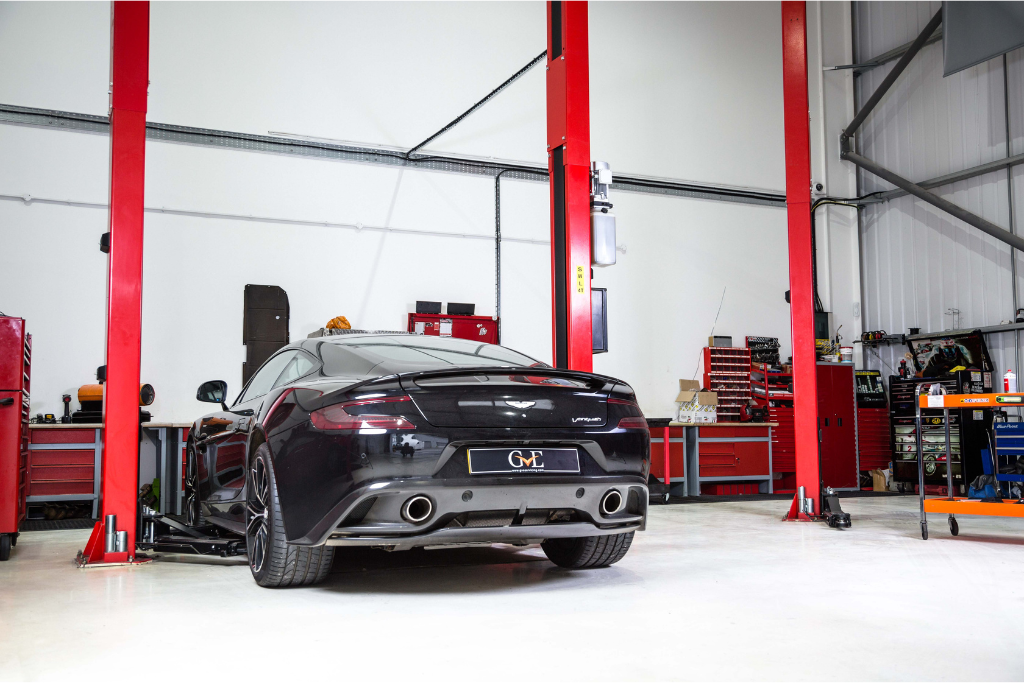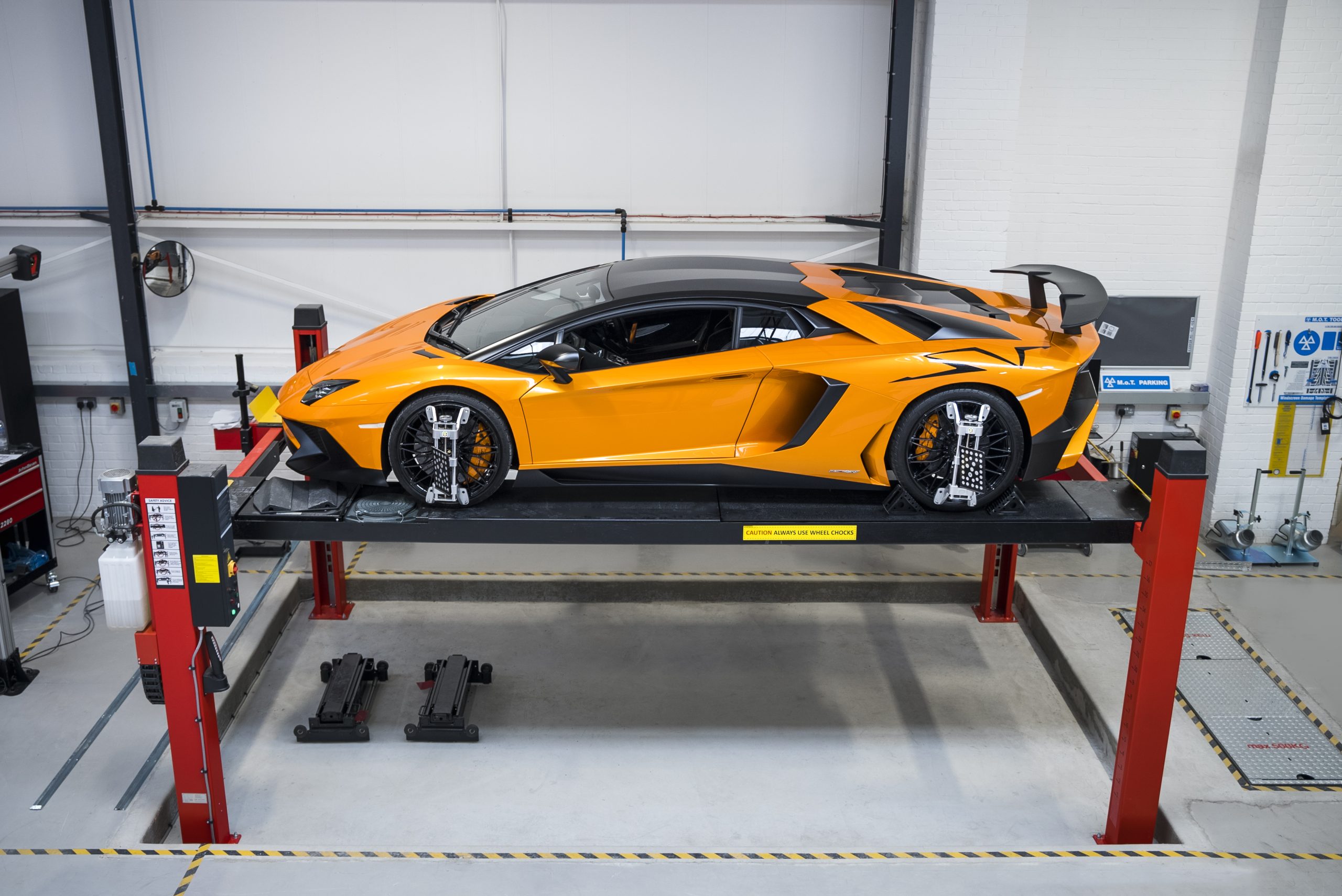
Porsche 918 Spyder vs McLaren P1
Scary-looking cars, the McLaren P1 and Porsche 918 Spyder. Especially when they’re lined up beside one another, V8 engines percolating, heat soak wafting out of their many portals, providing anyone who comes near them with a clear and acutely physical indication of how much energy they contain within.
Together, they produce almost 1800bhp. Their collective top speed is 431mph. When either – or, better still, both – of their combustion engines are running, the ground beneath your feet begins to oscillate. And yet both cars are also quite extraordinarily beautiful and highly relevant machines to look at and to drink in, albeit for distinctly separate reasons.
The P1 is the more expensive of the pair, at £866,000. McLaren has decreed that it will build just 375 during the next two years, so it’s also the more exclusive. The Porsche, on the other hand, costs a shade over £700,000 in Weissach specification (its actual price is quoted only in euros, at €853,155) and will be more than twice as common as the P1, Porsche intending to build 918 examples over the next two years.
Both are fully paid-up hybrids. The P1’s twin-turbo 3.8-litre V8 and electric motor produce combined outputs of 903bhp and 664lb ft, sent to the rear wheels via a seven-speed dual-clutch automatic gearbox.
The 918 uses a larger but atmospheric 4.6-litre V8 that has genuine competition pedigree and revs higher and harder than the P1’s V8. Unlike the P1, however, the 918 is four-wheel drive, the first and bigger of its two electric motors powering the front axle, the second providing supplementary power to the rear.
Like the P1, the 918 uses a seven-speed dual-clutch automatic gearbox and employs a clever torque vectoring system to further increase its traction, not just at corner exit but on entry as well. Both have carbonfibre tubs with all-round double wishbone suspension and electronically controlled dampers. The 918 has conventional anti-roll bars at either end but, again, the P1 goes its own way on roll control by using hydraulic springs instead.
In e-mode, they are both eerily silent and surprisingly relaxed in feel as they move away. The only sound you can hear is road shale pinging into the wheel arch liners as their huge tyres rumble across the ground. In both cars, with the suspension set to its softest, the ride is also remarkably chilled, especially so in the 918, which feels more comfortable and less uptight generally than the P1 on the road.
But the moment that you select Sport in the 918 and the combustion engines fires, all hell breaks loose behind your right ear. And at that point, the 918’s does the full Jekyll and Hyde number as the monster within is unleashed.
And what of the way they steer and change gear and handle? In pretty much everything that they do, they feel refreshingly different from one another. The 918’s gearchange is snappier and faster than the P1’s in its most aggressive mode yet smoother and more refined in Sport.
The P1, on the other hand, has by far the more natural feel to its steering, and you can almost sense the grain of the tarmac beneath your fingers. In the 918, the steering is fast, accurate and direct but nowhere near as touchy-feely as it is in the P1.
The verdict
Picking a winner is, therefore, entirely inappropriate, because on some days only the P1 would suffice and on others it would be the other way around. The only solution would be to cover all the bases and have both – assuming that you have a spare one and a half million to spend on toys such as these. And amazingly, some very lucky folks do. Heaven knows what on earth they’ll come up to satisfy them with next.
Source: www.autocar.co.uk
RECENT POSTS
SERVICES
Contact Us
"*" indicates required fields









